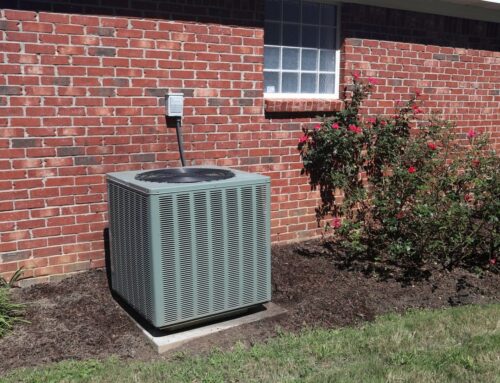
How is the indoor air quality in your home? Have you taken a deep breath in your home lately and felt any toxins, pollutants or allergens? Most likely you have not, however, that does not mean that they do not exist. These are especially dangerous because they cannot be seen or felt but they are lurking.
Indoor Air Quality And Your Health
In fact, the Environmental Protection Agency released a statement that “indoor air pollution is one of our biggest environmental health threats … bigger than toxic wastes sites and the destruction of the ozone layer.”
Most families spend approximately 90% of their time indoors so it is a pretty big deal that you take care of the air quality of your home. If you would not subject your family to living in a toxic waste plant then you most likely don’t want to subject them to indoor air quality that is less than desirable, right?
Did you know that 10% of all colds are caught outdoors compared to the 90% that are caught indoors? So if you are just recirculating that air in your home, you are increasing the chances that your family will share a cold! The EPA has said that indoor air pollution is actually one of the top 5 environmental risks to public health.
Scary to think about right? Well, the good news is that there are things that can be done to help the indoor air quality in your home and you can start today.
Install an electronic air cleaner that will extract 30 times as much pollutants than an ordinary air filter. The best part is this only has to be cleaned once a year.
How To Improve Your Air Quality
- Make sure that you have adequate ventilation in the bathroom, basement, and attic.
- Have your air tested for a professional to detect any pollutants that you may not be able to smell.
- If you can afford it, choose organic cleaning products over their chemical counterparts.
- Upgrade your furnace filter, this will trap and remove more allergens and debris than an ordinary air filter. Also, be sure to keep track of when you need to change that filter. The faster those pollutants are take out of your home, the better!
- Add a few houseplants to help reduce indoor air pollution. Try a Boston fern, spider plant, English ivy, areca palm, or peace lily to effectively reduce air pollution and add a bit of green to any home décor.
If you suspect that any of the pollutants in your air may be related to your furnace or central air conditioning, do not hesitate to contact us. We take the health of your family just as seriously as the health of your HVAC system.
2s Comments
Comments are closed.
Save More, Stay Informed!
Sign up for our newsletter and be the first to receive:
✅ Exclusive Sales & Rebates on Mitsubishi Heat Pumps.
✅ Industry News and Expert HVAC Tips.
✅ Updates That Help You Save Energy and Money.






[…] and furniture to be sure that it is not blocking your vents. This will cause the warm air that is coming through your vents to keep your home warm to become blocked in turn keeping […]
[…] heat pump doesn’t actually generate heat. Instead, it pulls the heat from the ambient air and transfers it to the water. This piece of equipment does much more than that in this […]